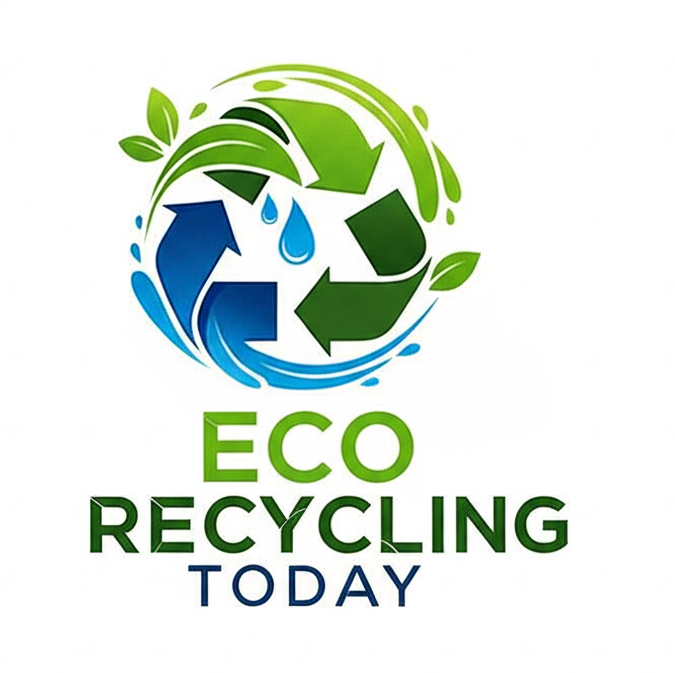As environmental concerns rise and sustainable manufacturing becomes a top priority, the 3D printing industry is responding with greener alternatives. One of the most promising materials available today is Recycled PLA Filament (rPLA). This eco-friendly filament combines the ease of PLA printing with the benefits of recycling, offering a responsible and high-quality solution for makers, designers, and manufacturers.
We’ll explore what recycled PLA filament is, how it’s made, and why it’s becoming a preferred choice for sustainable 3D printing.
What Is Recycled PLA Filament?
Recycled PLA filament is a thermoplastic made from post-industrial PLA waste, such as failed 3D prints, manufacturing offcuts, or leftover PLA spools. Instead of throwing these materials away, they are collected, shredded, and reprocessed into fresh filament.
Unlike post-consumer plastics, rPLA usually comes from clean, single-source waste streams, which ensures consistent quality and performance. The result is a bioplastic filament that’s just as easy to print as virgin PLA—while helping reduce plastic waste.
Advantages of Recycled PLA Filament
1. Eco-Friendly and Sustainable
The main advantage of rPLA is its positive environmental impact. By recycling PLA waste, manufacturers reduce the need for virgin PLA production and divert plastic from landfills, supporting a circular economy.
2. Safe and Non-Toxic
PLA (Polylactic Acid) is derived from renewable sources like corn starch or sugarcane. Recycled PLA maintains the low toxicity and biodegradability of its original form, making it safer for schools, homes, and workplaces.
3. Easy to Print
Like standard PLA, rPLA prints at low temperatures and doesn’t require a heated bed. It’s ideal for beginners and professionals alike due to its low warping, good bed adhesion, and smooth extrusion.
4. Cost-Effective
Because it’s made from reclaimed materials, recycled PLA filament is often more affordable than virgin PLA—without sacrificing performance. This makes it ideal for prototyping, education, and high-volume production.
5. Reduces Carbon Footprint
rPLA production generally uses less energy and fewer resources compared to creating new PLA from scratch, resulting in a lower overall carbon footprint.
6. Aesthetic Print Quality
rPLA typically produces prints with a smooth surface finish and vibrant color, making it suitable for visual models, product designs, and artistic projects.
Applications of Recycled PLA Filament
- Educational 3D printing projects
- Prototyping and product development
- Sustainable design models
- Artistic and decorative pieces
- DIY and hobbyist applications
Whether you're building a functional part or a creative concept, rPLA is a reliable and environmentally conscious option.
Recommended Print Settings for rPLA
- Nozzle Temperature: 190°C – 220°C
- Bed Temperature: 0°C – 60°C (optional)
- Print Speed: 40–60 mm/s
- Cooling Fan: On
- Storage: Store in a dry environment to prevent moisture absorptio
Recycled PLA filament is a simple yet powerful way to make 3D printing more sustainable. With excellent printability, low environmental impact, and cost-effective pricing, rPLA is an ideal choice for anyone looking to reduce waste without sacrificing quality.
As more makers and manufacturers shift toward eco-friendly practices, rPLA stands out as a material that supports both innovation and environmental responsibility.
